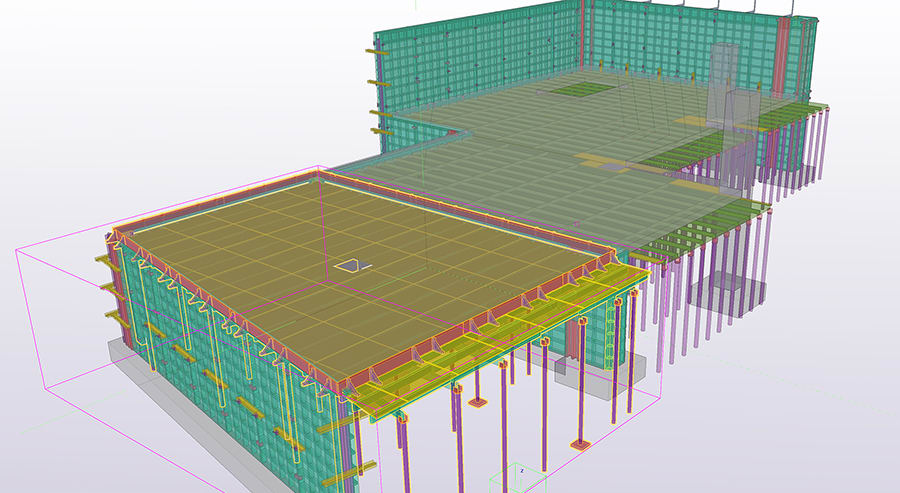Trimble has recently introduced the latest versions of its Tekla BIM software solutions for the construction industry: Tekla Structures 2019, Tekla Structural Designer 2019, Tekla Tedds 2019 and Tekla EPM 2019.
The latest version of the software offers improved geometry for the detailing of curved structures, such as bent plates and staircases, and contains new automated features for model-based drawing production.
It also supports a more streamlined communication and information transfer from detailing to production of precast concrete; offers rebar detailing enhancements, such as rebar rounding at the model, set and modifier levels, allowing for more intuitive control and efficiency when detailing reinforced cast-in-place concrete; upgraded and simplified CIP concrete formwork tools; and an improved Pour Unit, making it easier than ever to create reliable and informed pour take-offs, reports and drawings.
What’s more, Tekla Structures 2019 includes a host of new tools, such as Revit Export, an extension which provides greater flexibility when working with .rvt files, and the Design-to-Cost tool, which supports faster value engineering and more economical precast solutions.

The latest software has Pour Unit improvements
A new Bridge Creator extension, which makes early design phase workflows both faster and easier, has also been introduced as part of a new customised bridge designer role and ribbon menu, containing productivity-boosting bridge design tools.
There are also improvements in drawings, which include annotation cloning for faster and easier creation of general arrangement drawings, more intelligent handling of drawing views, improved dimensioning productivity and increased support for a wider range of BIM objects. It also now easier to meet office standards for documents and drawings, with enhanced Drawing Content Management and aligned marks.
Tekla Structural Designer 2019 introduces various updates focused around flexibility and interoperability, making for a more streamlined and efficient user experience. For example, the new Core Walls tool enhances real-world simulation and constructible core wall modelling, while the recently improved data export feature focuses on the interoperability with both Tekla Structures and Autodesk Revit.
The functionality and interface of Tekla Structural Designer and Tekla Structures have also been modified, providing users with a more aligned experience.
Finally, Tekla EPM 2019 (previously known as FabSuite) introduces an advanced model-based viewer that allows for enhanced collaboration and real-time visualisation for steel fabrication management, resulting in increased efficiency and productivity.











